Ducati Apollo is on our latest t shirt sponsored by Libraries Alive. Want a better Library, better ring Libraries Alive.
From Wikipedia, the free encyclopedia
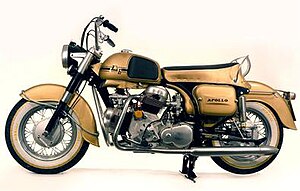 |
|
| Manufacturer | Ducati |
|---|---|
| Production | 1964 (2 units) |
| Engine | 1,257 cc (76.7 cu in) air-cooled OHV 90° v-four[1] |
| Wheelbase | 1,554.48 mm (61.200 in) |
| Dimensions | W: Engine 450 mm (18 in) Handlebars 750 mm (30 in) |
| Seat height | 749.3 mm (29.50 in) |
| Weight | 270 mm (11 in) (dry) |
Concept
In 1959, the Berliner Motor Corporation approached Ducati about creating a rival to the Harley-Davidson to sell to police departments around the US. Author Greg Field, based on interviews with Mike Berliner, contends that Berliner went so far as to ship two Harley-Davidsons to Italy as examples (one was for Moto Guzzi), and that Ducati, rather than any Japanese company, was the first Harley-Davidson imitator.[5]The Berliner brothers were enthusiastic. Ducati's government management was not. It was only when Berliner agreed to underwrite a portion of the development costs in 1961, that the project went ahead. They decided to call it the Apollo, in honor of the moon mission series of the time.[6]
Ducati was to produce two prototypes and two extra engines as spares. Today only one survives.
Mechanicals
Fabio Taglioni was to develop a bike that conformed to US police specifications, and was bigger than any current model Harley-Davidson. Taglioni decided on an air-cooled 1257 cc 90° two-valve head V4 using a 180-degree crankshaft with roller bearing big ends. That crankshaft fitted into a horizontally split wet sump crankcase with a center main bearing support. The bore was 84.5 mm, and the stroke 56 mm. Valve actuation was by pushrods and rocker arms.The engine was a stressed member of the heavy duty open cradle frame with a central box section front downtube between the forward cylinders. A small car-sized starter motor and generator were fitted. It had a five-speed transmission, at a time when most motorcycles had four. Ceriani developed the suspension package, but riders today would be alarmed by the inadequate front and rear single leading shoe 8.675 in (220.3 mm) drum brakes. The stopping distance was huge, and had to be allowed for. It had a 61.2 in (1,550 mm) wheelbase, and weighed 596 lb (270 kg) dry.[7] Taglioni dismissed the Berliners' suggestion of shaft drive, and chose chain final drive. The police specification stipulated 16-inch tyres, so there was little choice in that.
Performance

The Ducati Apollo at the Ducati Museum
In March 1964 a gold-painted prototype was handed over in a formal ceremony.
The reduction in power meant that the Apollo could now be outperformed by the British and BMW twins, which restricted the anticipated market to police forces. Berliner was printing advertising, demonstrating the prototype to Police Chiefs, and genuinely preparing to market the Apollo.
Berliner specification sheet
This is from a promotional flyer distributed by Berliner Motor Corporation,[9] which also included a front three quarter black and white view of the gold bike. The US$1,500 selling price would be US$10248 in 2008 dollars.Specifications of the D/B V/4 - an exclusive project of DUCATI – BERLINER
- SPORT ENGINE - 4 Cylinder 1260 cc, Bore x Stroke 84.5 x 56 mm
The first production series will be manufactured early in 1965 for the European and other foreign markets. Shipments scheduled for the United States are planned for the second half of 1965. The price in the USA will be approximately $1500.
- Carburetors 4 (SS 1 32 mm) - Compression Ratio 10:1 - Approx. 100 HP @ 7000 RPM
- (Optional) Carburetors 2 (SS 1 24 mm) - Compression Ratio 8:1 - Approx. 80 HP @ 6000 RPM
- Gearbox built in unit with the engine
- Electric starter and kick starter
- Five (5) speed, positive shift
- Oil sump capacity 3.5 quarts
- 12 volt electrical system, 32 amp battery
- Alternator 200 Watt, Starter engine: 0.50 kW
- Wheelbase 1550 mm
- Interchangeable and quickly detachable front and rear wheel
- Front tire: Ribbed 5.00 X 16 inch Rear tire: Block tread 5.00 x 16 inch
- Large full hub front and rear brakes
- Rubber cushioned rear sprocket
- "Roll on" center stand and side stand
- Comfortable dual seat with sturdy Chrome plated hand rail.
- Width; Engine 450 mm Handlebar 750 mm Ground clearance 170 mm
- Chain 5/8 x 3/8 primary chain duplex,
- Weight approx. 240 kg
— Berliner Motor Corporation
Project end
The Apollo appeared at the Earls Court, London motorcycle show in November, 1964.[10] UK magazine Motor Cycle confirmed the massive 1,260 cc four-cylinder engine of the Apollo attracted plenty of attention on the Ducati stand, and further carried a quip allegedly heard between two visitors: "I wonder if I could get that lot into a Norton Featherbed frame?".[11]The Italian government decided that the limited market did not justify the tooling costs of production, and withdrew project funding. This was a severe blow to Berliner's business plans.
It could have been a superbike before its time, but tire technology was not ready. There were other bikes developed as a result: the 1970 500 cc GP bikes and 750 cc production 90-degree V-twins.
The second prototype, a black and silver sports version with four Dell'Orto SS 1 carburettors, survived, and was on display at Ducati's factory museum in Bologna, courtesy of its owner, Hiroaki Iwashita, from 2002 to 2003, but now resides in his museum in Yufuin on the island of Kyushu.[8] Its sole public appearance in recent decades was at the 2002 Goodwood Festival of Speed. The fate of the first gold painted prototype is unknown.[6]
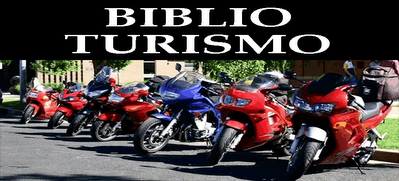
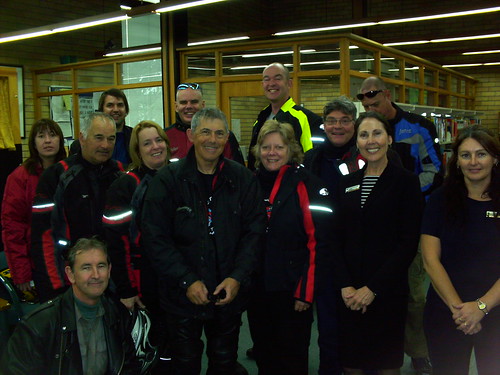
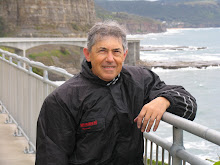
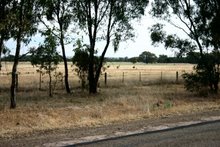
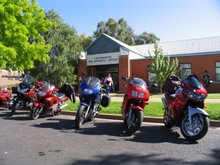

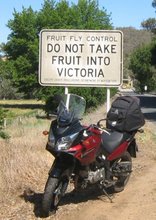

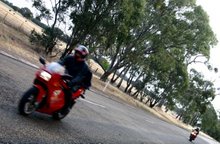
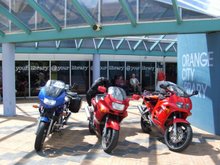
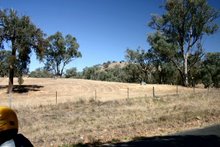
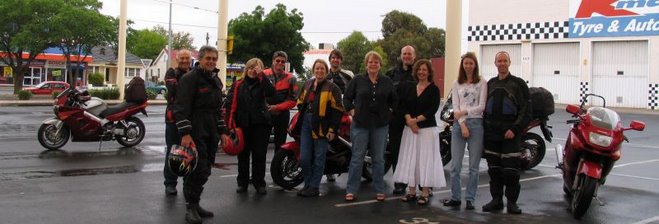
No comments:
Post a Comment